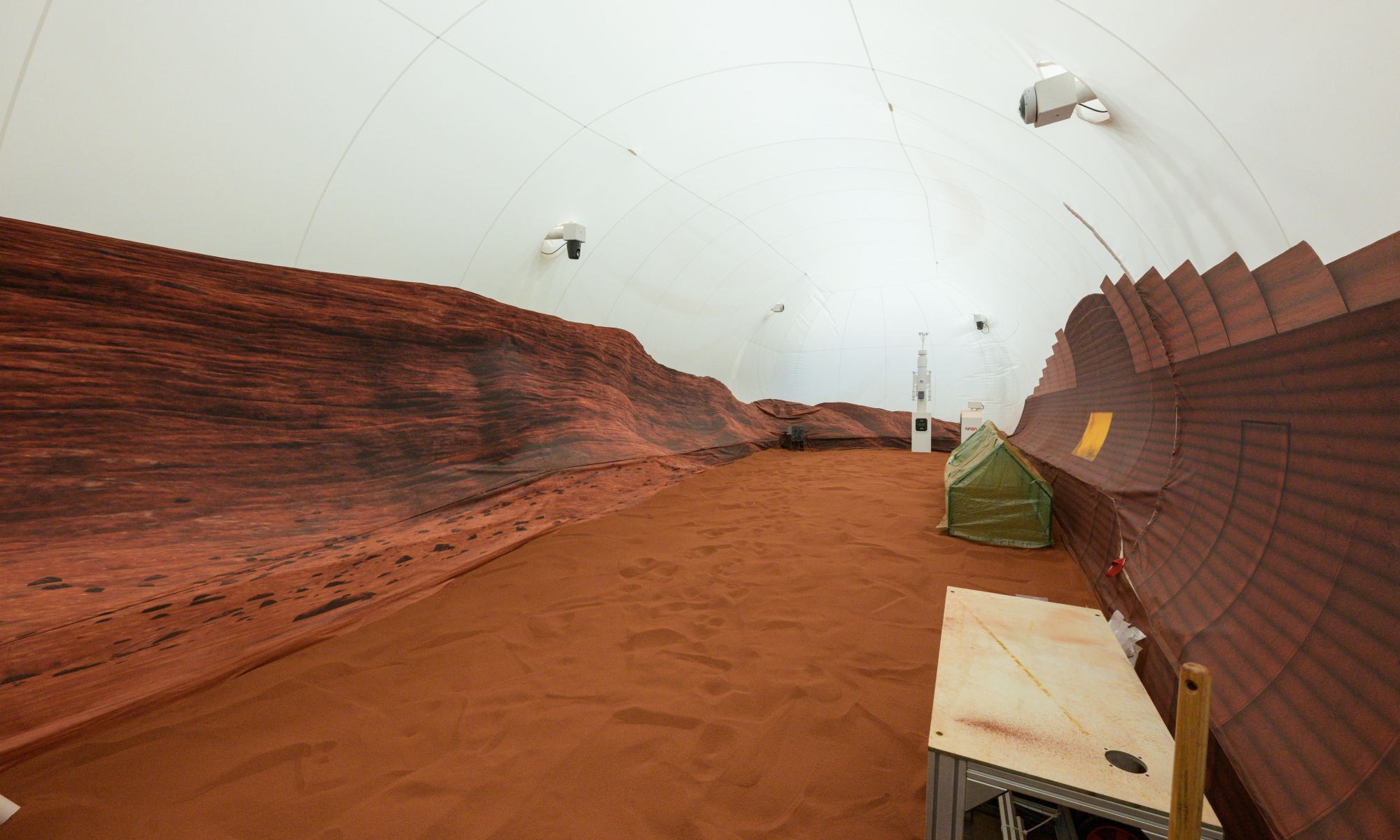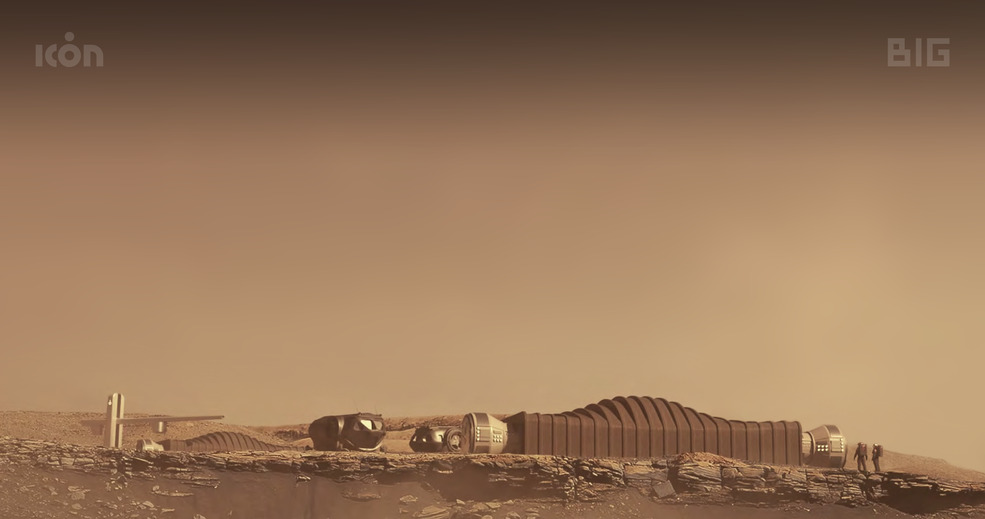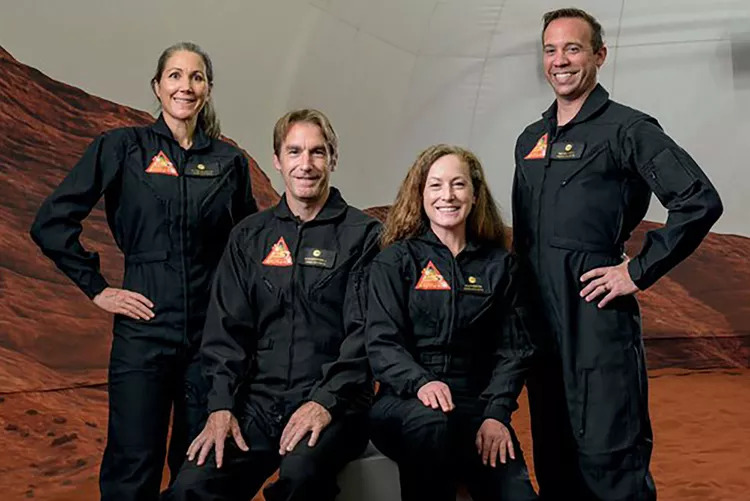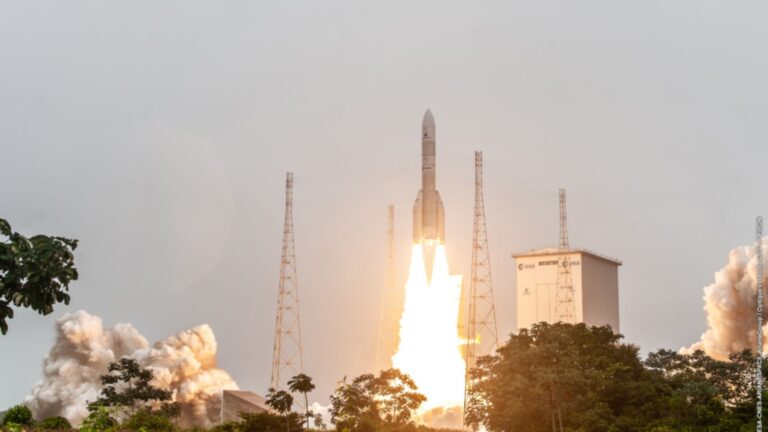
NASA's CHAPEA mission: Volunteers Sealed in Simulated Mars Habitat for Groundbreaking year-long study
NASA’s ambitious mission to simulate living on Mars took a significant step forward on June 25, 2023, as four volunteers entered a specially designed habitat for a year-long analogue mission. The purpose of the mission, known as CHAPEA (Crew Health and Performance Exploration Analog), is to gain insights into the logistics and human psychology of long-term space travel and habitation on another planet.
The CHAPEA mission, the first of three planned simulations, is based at NASA’s Johnson Space Centre in Houston, Texas. The crew will reside in Mars Dune Alpha, a 1,700 square-foot 3D-printed living space that will serve as their home, workplace, exercise area, sleeping quarters, and laboratory for conducting experiments. The crew members, consisting of Kelly Haston (biologist), Ross Brockwell (structural engineer), Nathan Jones (physician), and Anca Selariu (Navy microbiologist), underwent rigorous testing similar to that of astronaut candidates before being selected for the mission.

To replicate the challenges faced by future Mars explorers, the volunteers will engage in Extra Vehicular Activities (EVAs), donning spacesuits to simulate spacewalks in an adjacent enclosure filled with red sand. Communication with the outside world will be subjected to a time delay, mirroring the real-time constraints experienced on Mars, where messages can take up to 22 minutes to reach Earth.
The crew will adhere to a diet consisting of freeze-dried foods, similar to what astronauts would consume on Mars, and follow a schedule of activities akin to a real space mission. Through this simulated experience, NASA aims to gather valuable cognitive and physical performance data to better understand the potential impacts of long-duration missions on crew health and performance.
The importance of CHAPEA cannot be overstated. Judith Hayes, Chief Science Officer of the Human Health and Performance Directorate, emphasized that the study will provide critical insights into the physical and behavioural aspects of a mission on Mars. By subjecting the crew to the challenges and constraints of long-term habitation, scientists hope to gain a deeper understanding of the psychological and logistical challenges that arise in such missions.

Even the habitat itself has been carefully designed with space missions in mind. Utilizing 3D printing technology, the habitat incorporates features such as airlocks, hatches, and a medical station. The intention is to test in-situ resource utilization technologies, as transporting everything needed from Earth to Mars is cost-prohibitive. While the crew can leave the habitat for medical emergencies, they will be encouraged to address minor health concerns independently.
Although CHAPEA cannot fully replicate the conditions of a mission to Mars, it will present the crew with unexpected challenges, such as equipment failures and water shortages. By confronting and solving these obstacles, NASA aims to gain valuable knowledge and improve preparedness for future manned missions to the Red Planet.
The CHAPEA1 crew will emerge from their year-long isolation in July 2024. Their experiences and the data collected throughout the mission will contribute to NASA’s ongoing efforts to successfully send humans to Mars and ensure their safe return. Through these analogue missions, NASA continues to push the boundaries of human exploration, paving the way for future spacefarers to embark on extraordinary journeys to other celestial bodies





